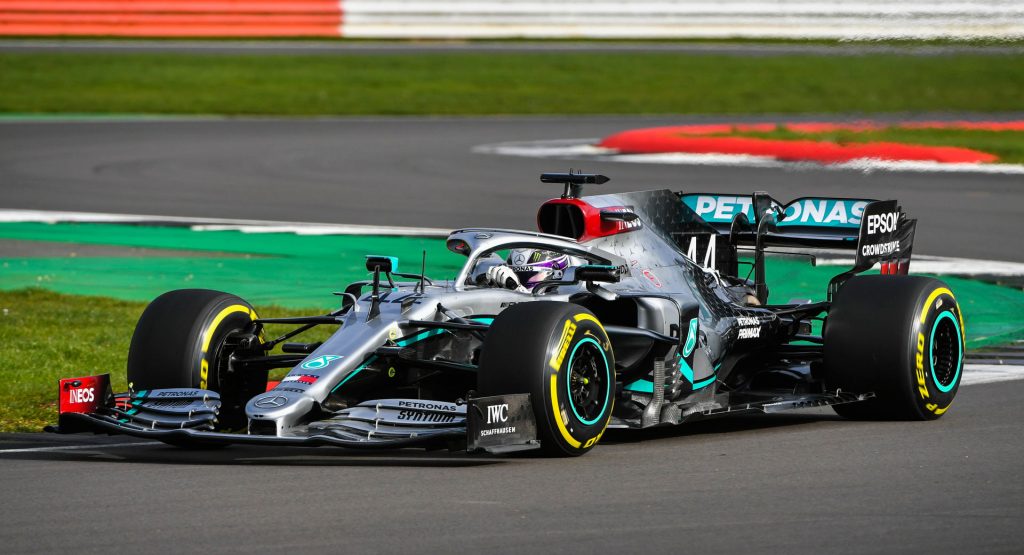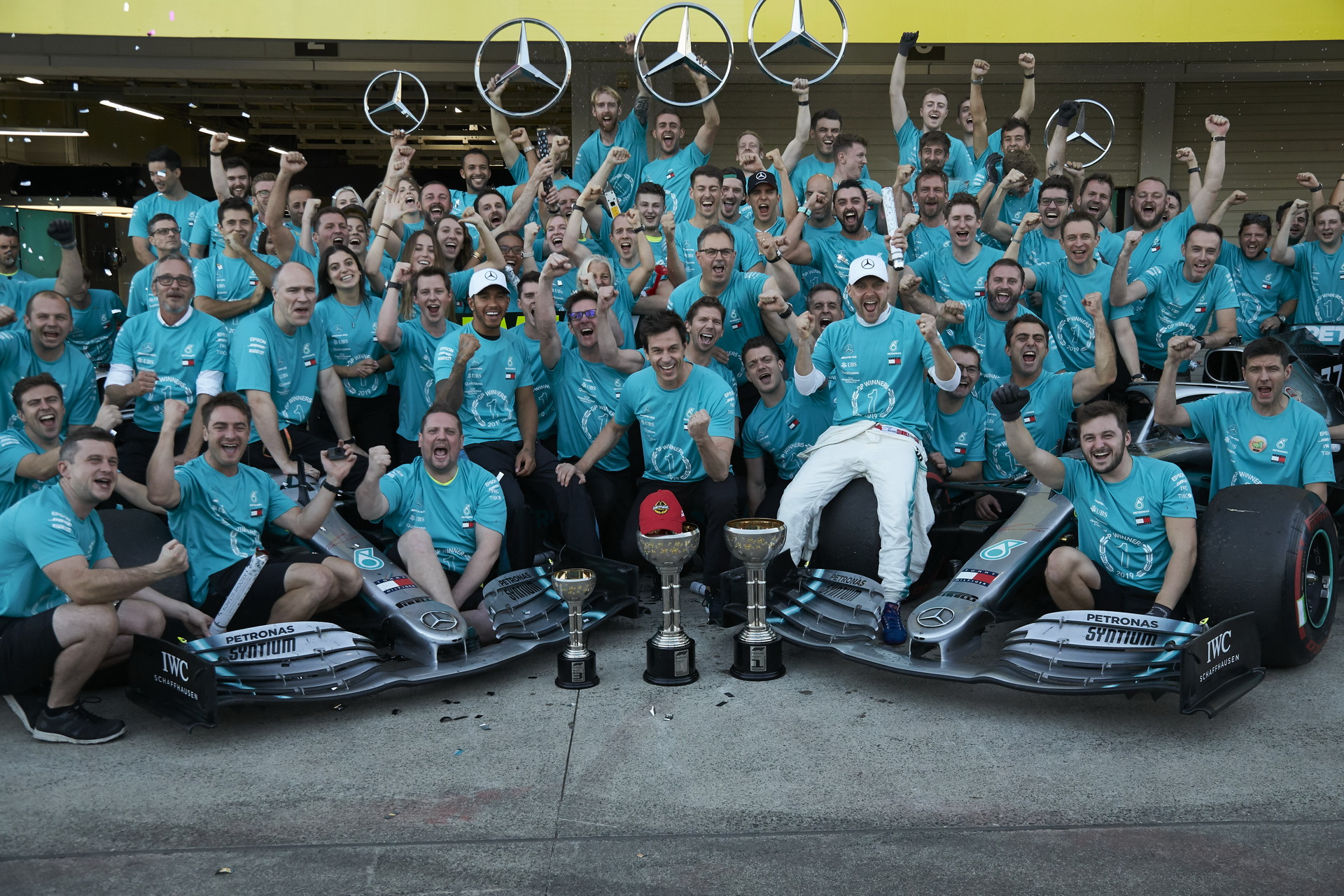It took the Mercedes-AMG Petronas F1 team less than a week to develop a breathing aid that can help keep coronavirus patients out of intensive care.
The reigning Formula 1 champions worked with University College London engineers as well as clinicians at UCLH in order to build a prototype device that can deliver oxygen to the lungs without the use of a ventilator, as reported by the BBC.
These so-called Continuous Positive Airway Pressure devices (CPAP for short) are already being used in hospitals around the world (China, Italy), but there simply isn’t enough of them.
Read Also: Toyota Gearing Up To Build Ventilators And Face Shields As Mercedes Offers Use Of 3D Printers
The new CPAP devices, which are less invasive than devices that use mechanical ventilation, have already been approved for use by the UK’s National Health Service in an attempt to combat the ongoing coronavirus pandemic.
As of right now, 40 new CPAP devices have been delivered to ULCH, as well as to three other London hospitals. If all goes well, Mercedes F1 will built up to 1,000 CPAP machines per day, starting next week.
“The Formula One community has shown an impressive response to the call for support… we have been proud to put our resources at the service of UCL to deliver the CPAP project to the highest standards and in the fastest possible timeframe,” said Mercedes-AMG HPP exec Andy Cowell.
How do CPAP machines work?
These devices help push a steady flow of air-oxygen mix into the mouth and nose of patience at a pressure that allows the lungs to remain open, thus increasing the amount of oxygen entering them and reducing the effort needed to breathe in – this is extremely important in cases where the alveoli (air sacs in the lungs) have collapsed because of COVID-19.
However, since oxygen delivery is pressurized, this means that patients need a mask that creates a tight seal over their face, or a transparent hood over their heads. While it’s definitely less invasive than a ventilator (for which you need to be heavily sedated), doctors need to make sure that no small leaks are sprung around the mask, as they “could spray droplets of secretions onto attending clinical staff,” points out Duncan Young, Prof of Intensive Care Medicine, University of Oxford.
As for how productive CPAP is, there are more than 2,000 COVID-19 patients receiving this treatment on general wards in Lombardy, Italy, with early reports showing that about 50% of them have avoided the need for more invasive ventilation.
“These devices are a halfway house between a simple oxygen mask and invasive mechanical ventilation which requires patients to be sedated. They will help to save lives by ensuring that ventilators, a limited resource, are used only for the most severely ill,” said UCLH critical care consultant, Prof Mervyn Singer.




